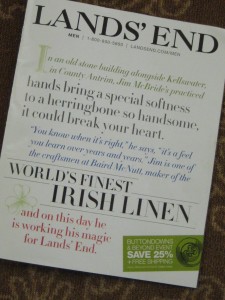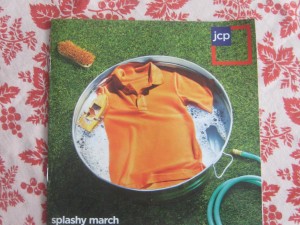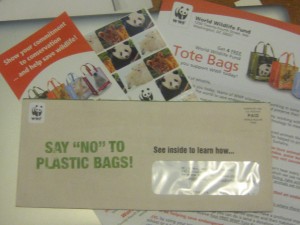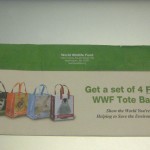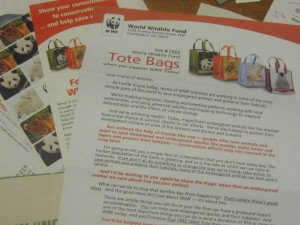In my copywriting class I use the Lands End catalog as an example of great catalog copywriting. They are unexcelled at building on details about a fabric or a tailoring process until it becomes irresistible. The story may be about a buyer’s obsessive desire to solve a fitting problem, or about the scientific process by which a synthetic fleece can be light yet warm. Often it’s accompanied by personality profiles of a tailor or a happy wearer.
If you are used to seeing Lands End catalogs in the mail, you probably have no idea what I am talking about… because in fact the examples I use are well over a decade old, before Lands End was acquired by Sears. Recent Lands End catalogs are pretty much like any other midrange fashion retailer’s.
Which is why I was so excited by the spring Men’s book in the mail last week. The cover and the first six pages are all about Irish linen. “We could bring you assembly line linen at a lower price but wouldn’t you rather have the real thing? Here’s the very best, the linen of knights and kings, fearless RAF pilots and world famous rogues.” That’s the headline of the opening spread and I’m already reaching for my credit card even though not a single product is sold here.
The sell begins comes on the next spread, which educates us about the fabric: “Linen comes from long, golden fibers encased inside the woody stalks of the flax plant. Extracting them takes months, which is why fine linen is so prized. The basic steps have changed little from the time of the pharaohs…” Note that these are generic descriptions of linen, but because Lands End takes the trouble to research and tell us its story, the fabric becomes uniquely theirs by default.
The next spread is about linen pants and it has a little repetition, making me wonder if they hired some superstar copywriter and could only afford a few copy blocks, which were then cut and pasted to create new ones. If so, I hope it’s one of the old crew lured out of retirement.
If you received this catalog, take a close look at it… there’s much to be learned. (And order from it, so Sears will discover hard sell is not always the best sell.) If not, I’m delighted to find there’s a continuing feature online called “Anchors of Style” (terrible non-descriptive title incidentally) in which part of the linen story is currently available here.
